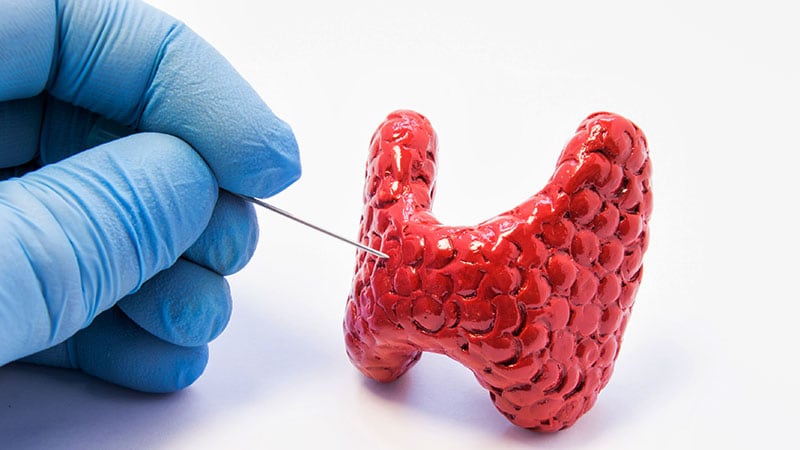Holding Blood Thinners During Thyroid Nodule Biopsy: Safety and Efficacy Analysis
The routine practice of holding blood-thinning medications during ultrasound-guided thyroid nodule fine needle aspiration (FNA) biopsies is examined for its safety and efficacy. Experts suggest individualized decision-making. Key concerns include hematoma risk and nondiagnostic results. A retrospective study of 2945 patients undergoing 4741 thyroid nodule FNAs showed no significant difference in outcomes between patients who continued blood thinners and those who had them withheld. Hematomas were rare, but thrombotic events occurred when blood thinners were withheld. Variability exists in withholding practices among clinicians. Guidelines recommend considering the balance of procedure and patient risk. Limitations include lack of data on bleeding risks for individual interventions.
客製化摘要
使用 AI 重寫
產生引用格式
翻譯原文
翻譯成其他語言
產生心智圖
從原文內容
前往原文
www.medscape.com
Hold Blood Thinners During Thyroid Nodule Biopsy?
從以下內容提煉的關鍵洞見
by Nancy A. Mel... 於 www.medscape.com 10-03-2023
https://www.medscape.com/viewarticle/997047
深入探究
